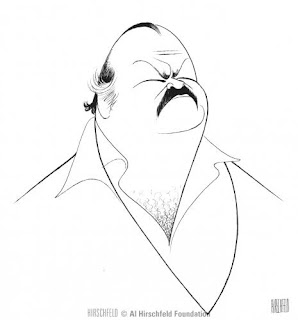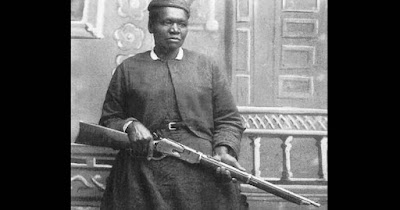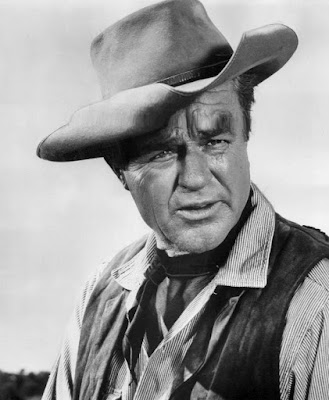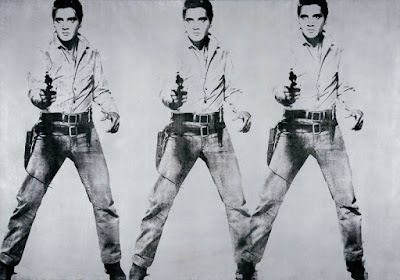Game Concept Art - Week 5 (19FEB19)
Caricature:
- Jota Leal
(from JotaLeal.com)
Jota Leal was born in a humble little town in eastern Venezuela, thirty-six years ago. He began drawing and painting at a very young age, and never studied fine art. He attempted to sit in class as a child of six, but ran away after being forced to paint plastic fruit and empty bottles. Even at that age, Jota (pron: Hota) knew what he wanted to do. He wanted to paint people. He wanted to paint their faces. Leal was the second of three brothers, each possessing their own unique talent. Their parents worked in the oil fields. One of Jota’s first memories is of drawing some lines for his amazed parents, as a baby. His subsequent birthday and Christmas gifts were all limited to pencils, crayons, and drawing materials. Having been surrounded by engineers and those with ‘real’ jobs, Leal went on to study electrical engineering and graduated with honors. No one in his family knows how he accomplished this, as he was so obsessed with drawing and painting. It didn’t take long for his circuits to become lines, numbers to become colors, and brushes replaced the sweep of physics theories.
- Al Hirshfeld
(from Wikipedia)
Hirschfeld started young and continued drawing to the end of his life, thus chronicling nearly all the major entertainment figures of the 20th century.[9] During his eight-decade career, he gained fame by illustrating the actors, singers, and dancers of various Broadway plays, which would appear in advance in The New York Times to herald the play's opening. Though the theater was his best-known field of interest, according to Hirschfeld's art dealer Margo Feiden, he actually drew more for the movies than he did for live plays. "By the ripe old age of 17, while his contemporaries were learning how to sharpen pencils, Hirschfeld became an art director at Selznick Pictures. He held the position for about four years, and then in 1924 Hirschfeld moved to Paris to work and lead the Bohemian life. Hirschfeld also grew a beard, necessitated by the exigencies of living in a cold water flat. This he retained for the next 75 years, presumably because "you never know when your oil burner will go on the fritz."[10]
In addition to Broadway and film, Hirschfeld also drew politicians, TV stars, and celebrities of all stripes from Cole Porter and the Nicholas Brothers to the cast of Star Trek: The Next Generation. He also caricatured jazz musicians— Glenn Miller, Duke Ellington, Count Basie, Dizzy Gillespie, Billie Holiday, and Ella Fitzgerald—and rockers The Beatles, Elvis Presley, Bruce Springsteen, Bob Dylan, Jerry Garcia, and Mick Jagger.[11] In 1977 he drew the cover of Aerosmith's Draw the Line album.
Hirschfeld drew many original movie posters, including for Charlie Chaplin's films, as well as The Wizard of Oz (1939). The "Rhapsody in Blue" segment in the Disney film Fantasia 2000 was inspired by his designs, and Hirschfeld became an artistic consultant for the segment; the segment's director, Eric Goldberg, is a longtime fan of his work. Further evidence of Goldberg's admiration for Hirschfeld can be found in Goldberg's character design and animation of the genie in Aladdin (1992). He was the subject of the Oscar-nominated documentary film, The Line King: The Al Hirschfeld Story (1996).
"Clothes Make the Man... or Woman":
as Shakespeare wrote in Hamlet, “The apparel oft proclaims the man.”
Costume Design for Character Development:
Character Props:
Costume Changes:
Cut of Clothes:
Heels or Flats?:
What's my Color?:
- ORANGE. Energetic, spontaneous, and charming. If you're an Orange, you tend to be action-oriented and are comfortable taking risks. ...
- GOLD. Punctual, organized, and precise. ...
- GREEN. Analytical, intuitive, and visionary. ...
- BLUE. Empathetic, compassionate, and cooperative.































































































